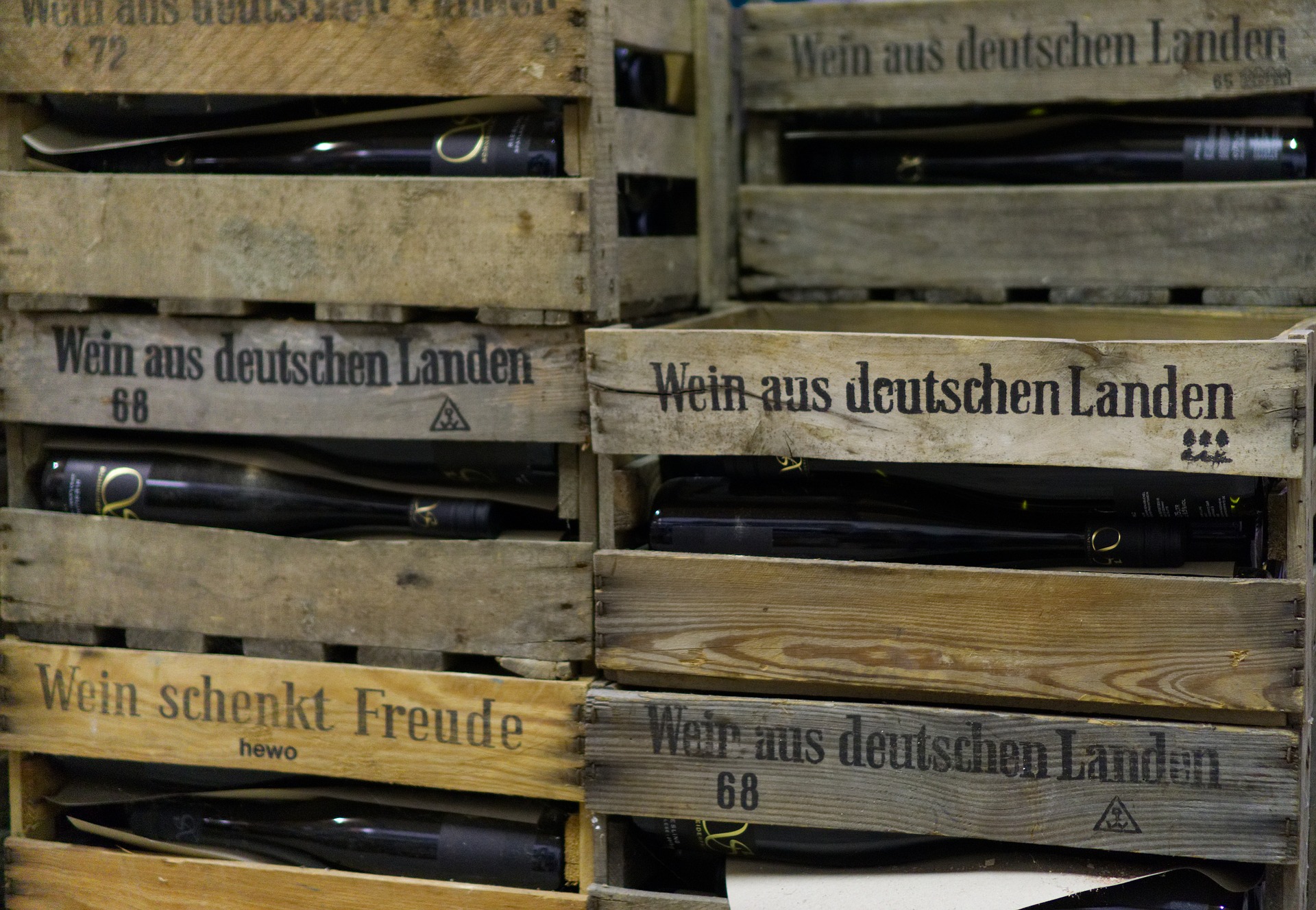Following the first part, this article will guide you through three more famous wine regions of Germany. The Ahr region The Ahr is the northernmost region in the western area of the German wine country.
Following the first part, this article will guide you through three more famous wine regions of Germany.
The Ahr region
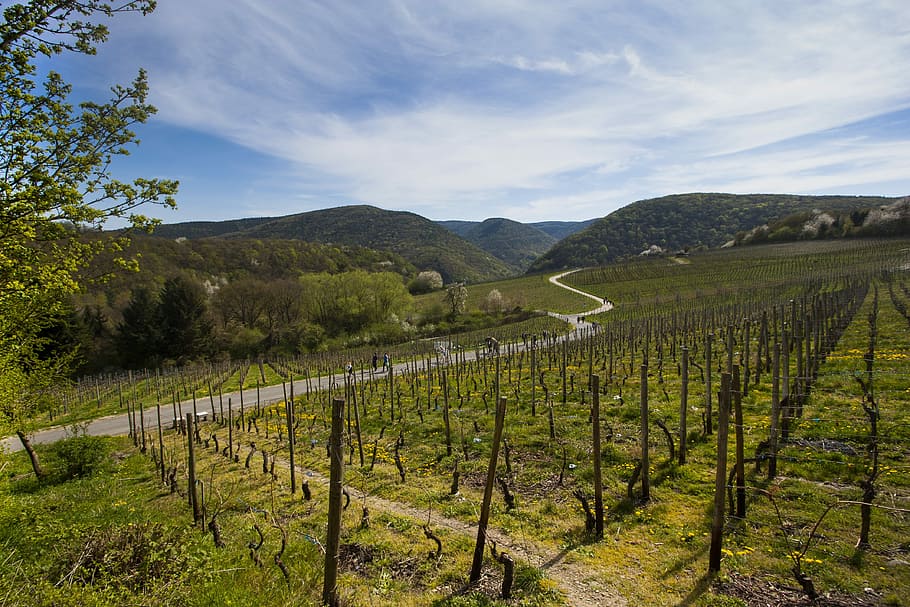
The Ahr is the northernmost region in the western area of the German wine country. The tiny river snakes it way from Eifel hills to the Rhein. Neither the Ahr River nor its wild romantic valley are very large but that lends the regions its unique charm. The Ahr is a region that hikers can experience firsthand on the Rotweinwaderweg. For 35 kilometres you can hike through the region’s beautiful vineyards, from Bad-Bodendorf to Altenheim, taking in all the wine villages en route.
The Ahr is almost exclusively planted with red wine grapes. German wine abroad is known as white wine, but the Ahr region is proud to have kept the flag flying for Germany’s red wine. The Ahr is a phenomenon because at this latitude, it is actually too cold to produce good red wines, but thanks to a combination of factors such the river’s steep sites, sunshine and rocky cliffs that absorbs heat, the climate here is similar to a Mediterranean region. The town of Ahrweiler is a wine center as such a stroll through the idyllic town is always a treat.
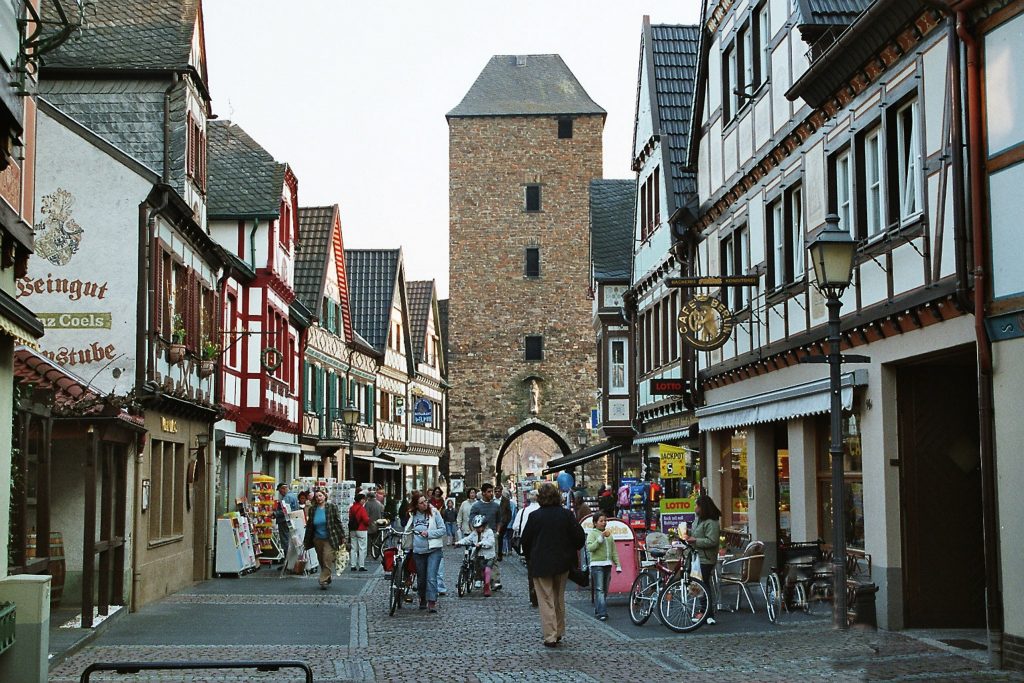
Back to the hiking trail, it is time for a small break while we can watch the growers at work. Now in autumn, it is time for the harvest and quality rather than quantity sums up the Ahr growers’ philosophy. However, top quality has its price as often growers have to clamber through rugged cliffs and extremely steep slopes to reach the few rows of vines where machines simply cannot be used. Some terraced sites are so steep that growers have come up with unique solutions such pipelines through which the plucked grapes enter at the top, slide down the tube and come out at the bottom, directly into the machine that does the stemming.
The Rheingau region
With a vineyard area of some 3200 hectares, the Rheingau lies between the two broad bands in the Rhine at Mainz and Bingen. Once a year the road along the river bank is closed to traffic so that cyclists and skaters can enjoy the landscape in peace. The best vineyards face south and in between the vineyard cultural sites monuments abound overlooking Rüdesheim in honor of the German empire. Also worth a visit is Schloss Vollrads, Germany’s oldest wine estate, and Hildegard’s monastery where today as in the past its nuns still cultivate vines.
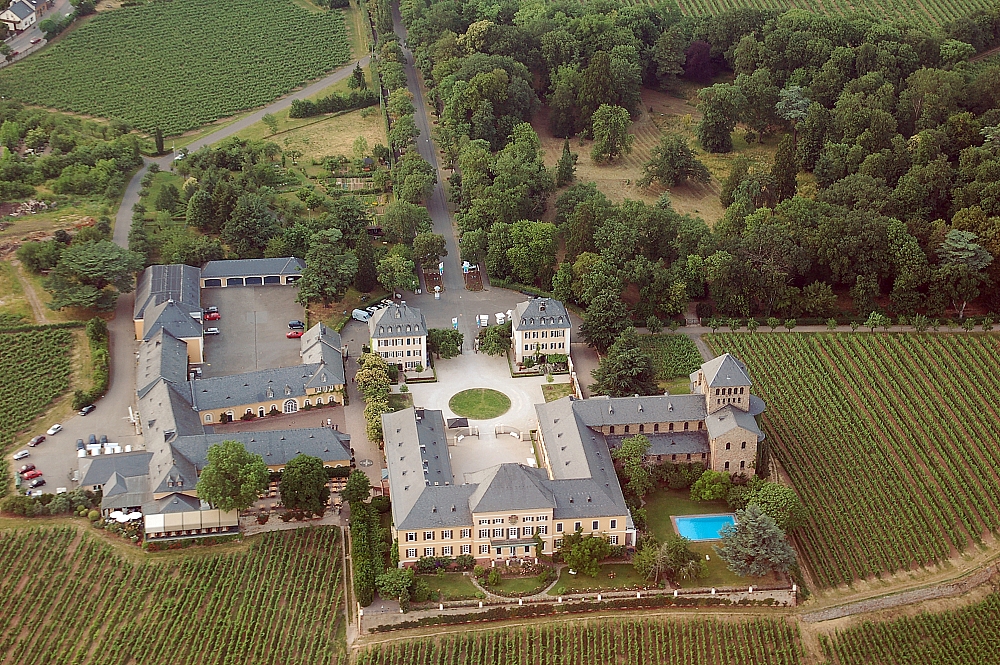
Johannisberg Castle is well renowned, for its cellars have precious rarities (wine) that fetch record prices time and again. People are sometimes willing to pay high prices for venerable mature wines. The castle became famous by accident. Each autumn a courier was sent to fetch permission to begin the harvest. In 1775, he returned late and the harvest was delayed, thus marking the dawn of Spätlese (spät meaning late) and other lusciously sweet wines.
The town of Rüdesheim is home to one of the best known and most popular alleys of the world, the Drosselgasse. One wine bar after the other invites visitors to enjoy the local wine. By the way, a unique bottle, the Rheingau flute, was developed for Rheingau wines a decade ago. The bottle is uniquely faceted and limited exclusively to Rheingau wines. The Rheingau absolute top-quality wine is certified, where the designation Erstes Gewächs (first growth) on a label is a guarantee that the wine is indeed special.
Don’t expect to find a significant number of grape varieties in the Rheingau and that’s one of the region’s strengths. Nearly everything here revolves around the Riesling and Rheingau Riesling is the best.
The Hessische-Bergstrasse region
Hessische-Bergstrasse is one of Germany’s smallest wine-growing regions. As the name implies, it lies in the state of Hessen, in between the Neckar Rhein and Main rivers. During a visit here, Emperor Joseph II proclaimed that this is where Germany begins to resemble Italy thanks to the protective summits of the Odenwald mountain range, spring begins early in Hessische-Bergstrasse amazingly as early as spring in northern Italy. When frosty temperatures are still common elsewhere, cherry trees are blossoming here. It wasn’t until 1971 that Hessische-Bergstrasse became an independent wine region. Many beautiful old castles such as the remnants of the Starkenburg castle are especially appealing as are the romantic small towns such as Heppenheim. A part of the town is the historic market square with its half-timbered town hall.
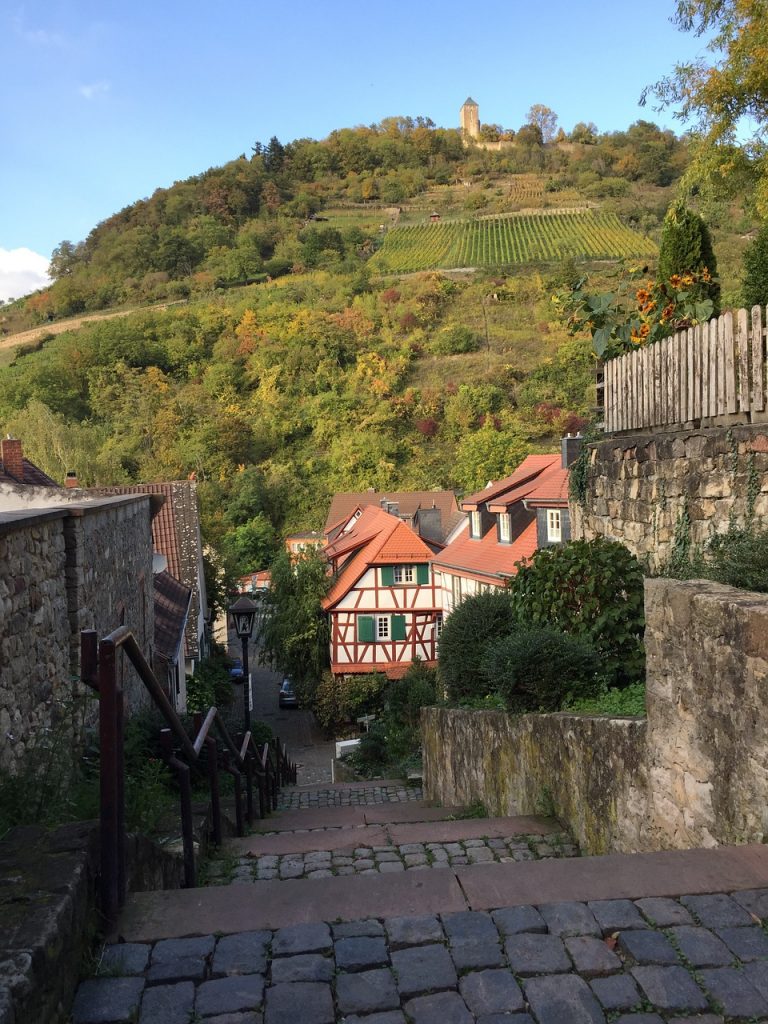
There aren’t many large estates in this region but rather many growers with small holdings in lots of little parcels. As such the region’s total production is of course quite small. The wine produced is not only a specialty but also a true rarity. The wines are seldom available outside of the region; most of them are consumed locally. In general, the Bergstrasse wine is fresh and ideal for partying in style!
Don’t miss the third part of this wine article series, with even more regions to discover!

